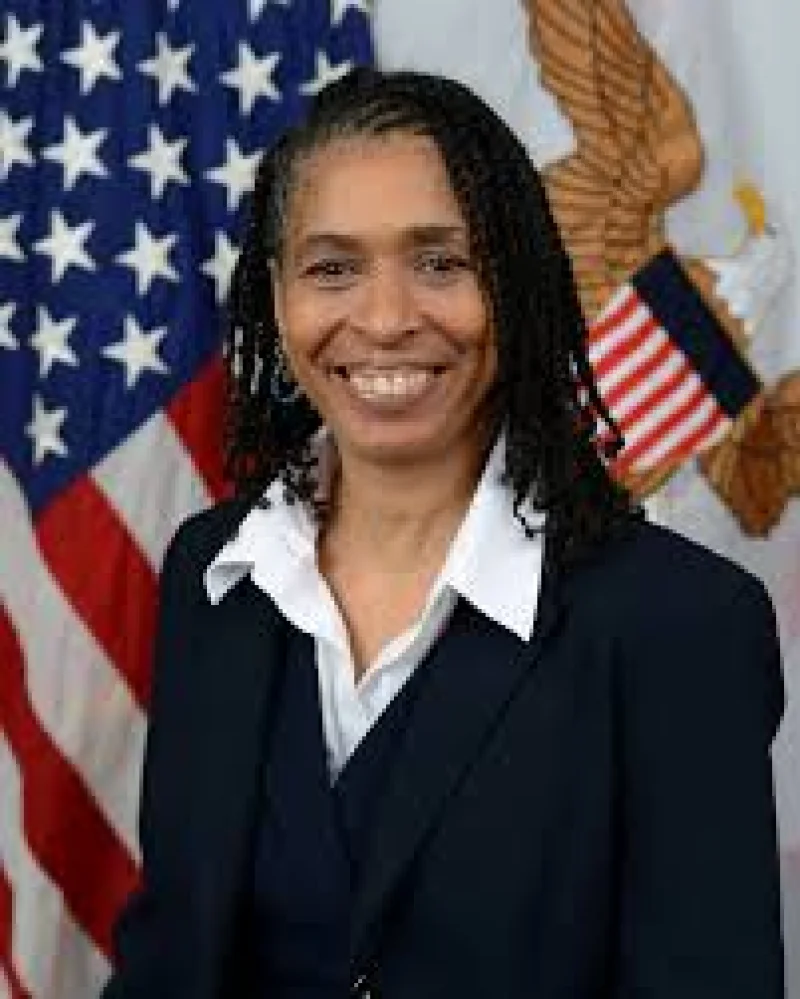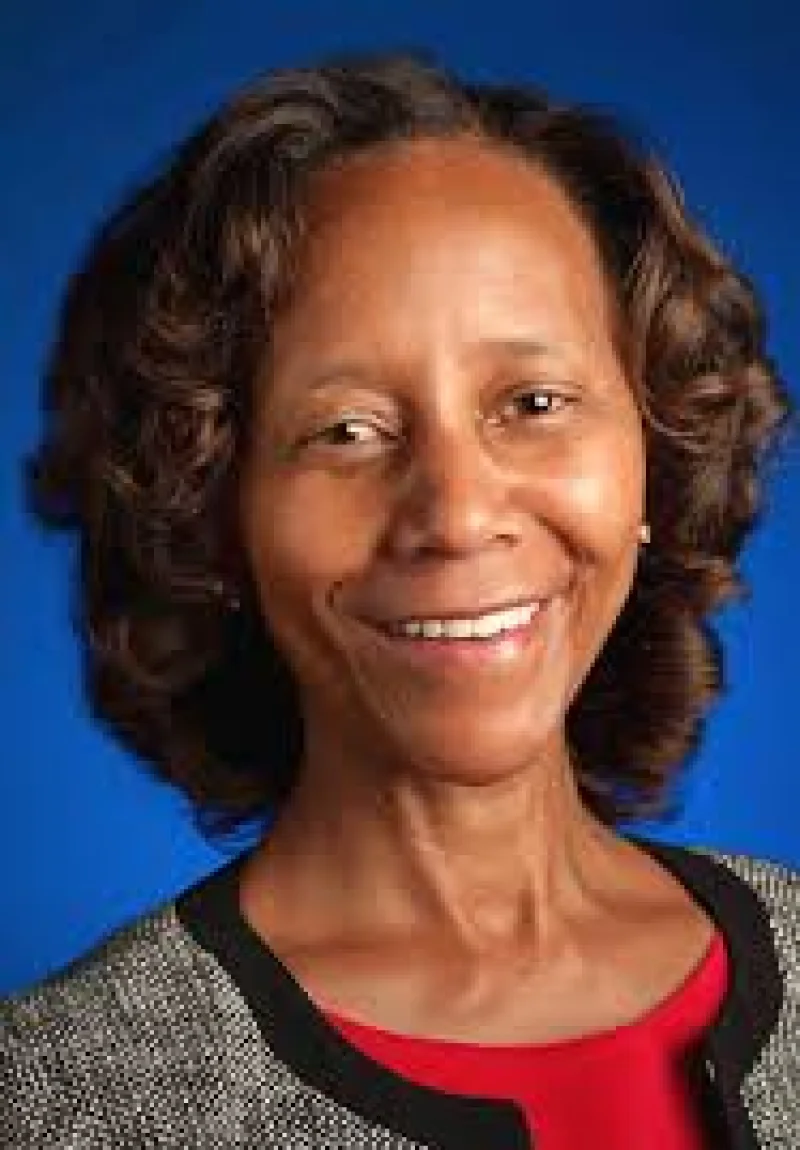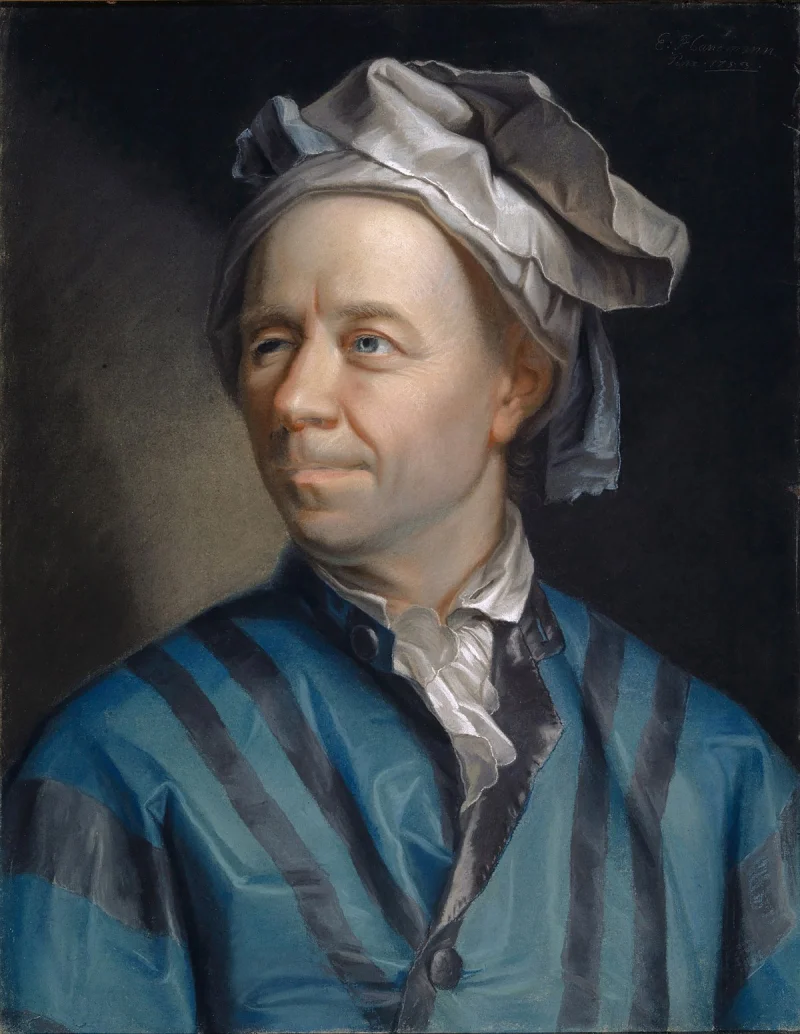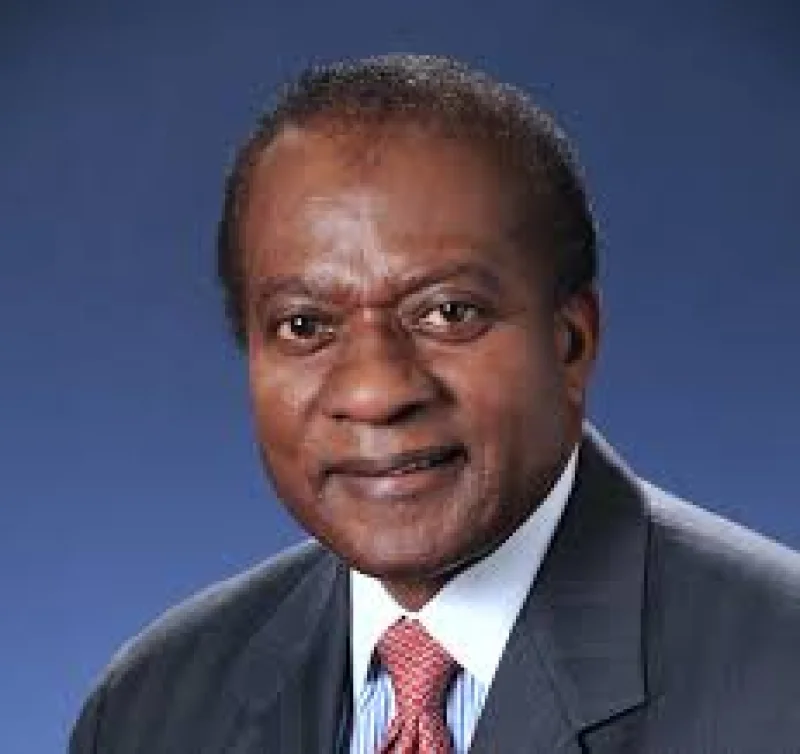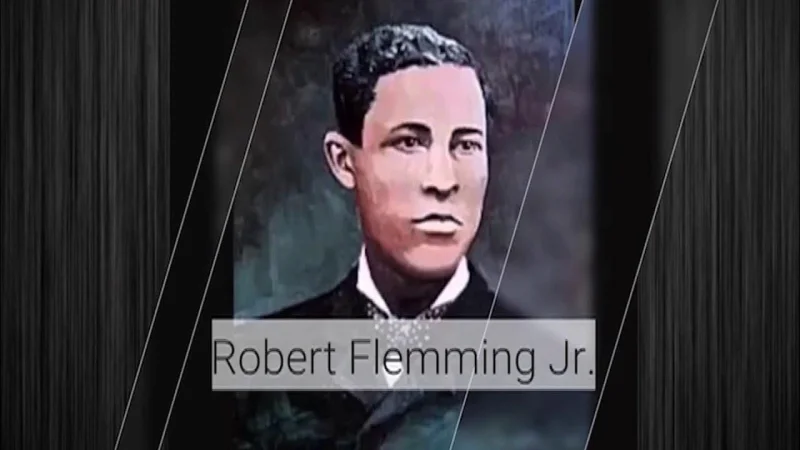Short Summary
Aprille Ericsson is a pioneering aerospace engineer known for her significant contributions to NASA and the field of engineering. She is celebrated as the first African American woman to receive a Ph.D. in Mechanical Engineering from Howard University and has held various influential positions at NASA. Ericsson's work has inspired countless aspiring engineers, particularly women and minorities, to pursue careers in STEM fields.
Early Life & Education
Aprille Joy Ericsson was born on April 1, 1963, in Brooklyn, New York. Raised in the Bedford-Stuyvesant neighborhood, she was encouraged by her family to pursue her interests in science and mathematics. She attended Cambridge School of Weston for high school, where she excelled academically. Her passion for engineering led her to earn a Bachelor of Science in Aeronautical/Astronautical Engineering from the Massachusetts Institute of Technology (MIT). She continued her studies at Howard University, where she became the first African American woman to earn a Ph.D. in Mechanical Engineering in 1995.
Career Highlights
Ericsson began her career at NASA's Goddard Space Flight Center, where she served in various roles, including instrument manager for a proposed mission to bring dust from the Martian lower atmosphere back to Earth. She has worked extensively on satellite and spacecraft projects, contributing to the development of innovative technologies. Her leadership and technical expertise have been instrumental in advancing NASA’s space exploration missions. Throughout her career, she has also been dedicated to mentoring young engineers and promoting diversity in the STEM fields.
Major Achievements
- First African American woman to earn a Ph.D. in Mechanical Engineering from Howard University.
- Instrument manager for NASA missions, contributing to significant advancements in space exploration.
- Recipient of numerous awards recognizing her contributions to engineering and diversity.
Famous Quotes
- "If you want to be an engineer, don't let anybody ever tell you you can't do it."
- "You have to be willing to take risks to achieve your dreams."
Interesting Facts
- Ericsson was inspired by the Apollo missions during her childhood.
- She has actively participated in outreach programs to encourage minorities and women in STEM fields.
- Ericsson has worked on over 18 successful spacecraft missions during her career at NASA.
Legacy / Influence
Ericsson's legacy lies in her groundbreaking achievements in aerospace engineering, which have paved the way for future generations of women and minorities in STEM. Her dedication to mentoring and outreach has helped foster a more inclusive environment within engineering fields. Her contributions have left an indelible mark on space exploration and continue to inspire young engineers to reach for the stars.
FAQ
Q: Why is Aprille Ericsson famous?
A: She is famous for being a pioneering aerospace engineer and the first African American woman to receive a Ph.D. in Mechanical Engineering from Howard University.
Q: What role did she play at NASA?
A: She served as an instrument manager and contributed to numerous satellite and spacecraft projects.
Q: How has Aprille Ericsson influenced STEM fields?
A: She has inspired many through her achievements and active promotion of diversity in engineering.
